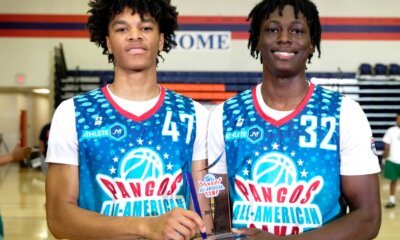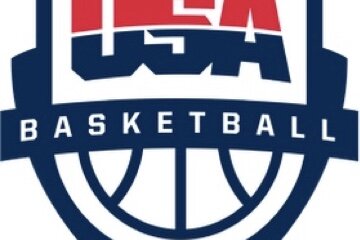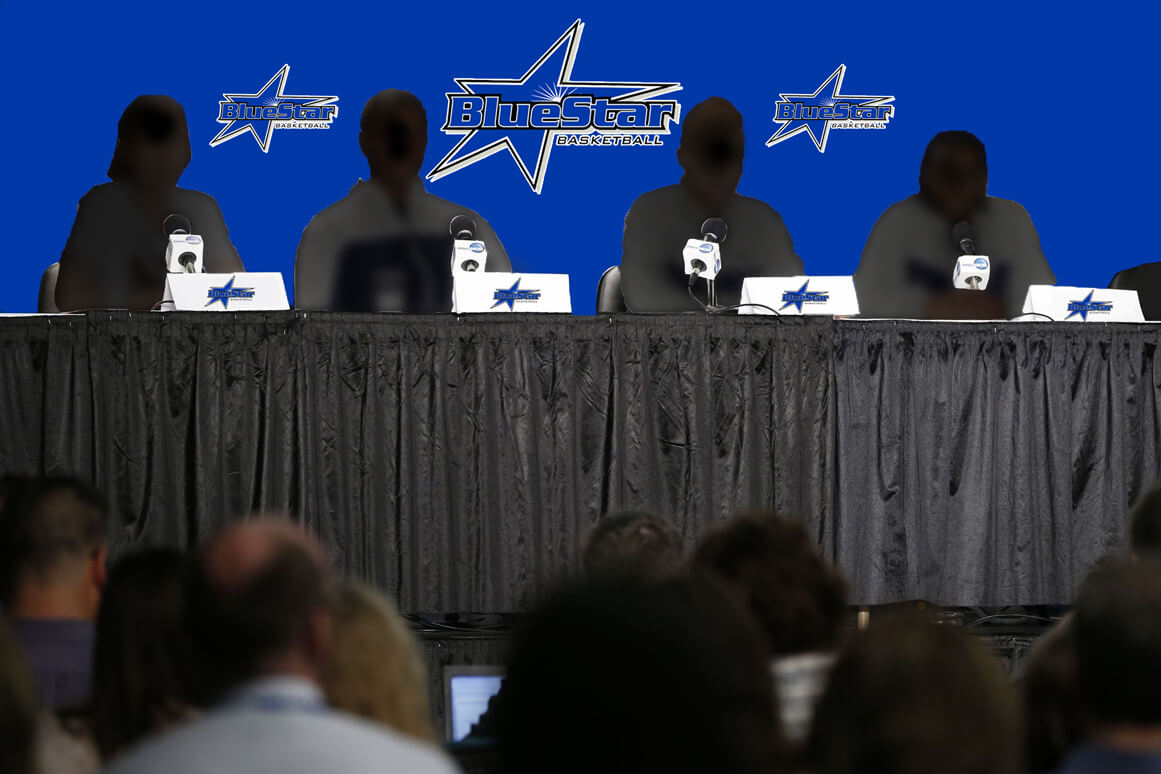
Several months after the Val Ackerman white paper sprung several influential corners of the women’s college basketball community into action, the NCAA invited the so-called “stakeholders” of the sport to meet about it at the Women’s Final Four.
The NCAA didn’t wait to make significant changes to the tournament format, reverting back to top 16 seeds hosting next year and moving back to Friday-Sunday Final Four playing dates starting in 2017.
The Women’s Basketball Coaches Association summoned board members to Atlanta in late summer, forming several working groups on topics ranging from youth and coach development to business and marketing, the latter of which became the focus of a special all-day meeting at the start of the WBCA convention.
Yet after a full day of discussions on the day before the national championship game in Nashville, what was called the Women’s Final Four Summit didn’t yield much in the way of tangible next steps.
That may be because the three sessions that made up the day — youth development, business and marketing and the state of the sport — either rehashed familiar talking points or were simply too wide-ranging.
“There’s a lot to be said about getting in a room and having a conversation,” said Anucha Browne, vice president of the women’s championships for the NCAA during the state of the sport session.
“If we’re asking for higher budgets, we have to expect a greater amount of scrutiny.”
That’s a fair enough point, but it’s not exactly a new one.
Aiming for ‘inclusive’ youth environment
The subject of youth development wasn’t something Ackerman took up, but the summit featured a number of coaches and others on the youth scene, led by Carol Callan and Jay Demings of USA Basketball.
The American governing body recently hired Demings as youth division director to develop a number of programs, particularly a certification process.
“We want to develop an inclusive community coming inside this space,” Demings said. “We intend to have something that will serve everybody.”
The youth coaches and observers in attendance — which included Mark Lewis (pictured below) and Lisa Bodine of Blue Star Basketball, huddled to sort out concerns about a decline in youth participation in basketball, and how to keep girls playing. 
Nike’s Tony Dorado spoke for many when he said that doing a better job of preparing youth coaches would “give people the expertise” and that certification would “give parents a way of identifying people who have a background” teaching the fundamentals of the game.
Other issues were about a supposed lack of accountability in summer and travel team AAU basketball, which is cost prohibitive for some youths, inexperienced coaching and an emphasis on games instead of skills development.
“Girls disappear for the summer, they play a lot of games and they don’t get better,” Dorado said.
The youth group did come up with some short- and long-term objectives, ranging from an age-based curriculum for teaching basketball skills to getting sponsorships for camps and teaching the game at the youth level.
Another lofty goal: Improve the shooting percentages at all levels of girls and women’s basketball, something Ackerman mentioned often in her white paper.
Business and marketing ideas from the pros
Much of the audience for this session included administrators and current and former members of the NCAA Division I women’s basketball committee.
The panelists were Tracee Hitz of the NCAA, Janice Ruggiero of the University of New Mexico, Hilary Shaev of the NBA, Andrea Williams of the Big 10 and Kelly Krauskopf of the Indiana Fever.
The main takeaway here was emphasizing the most marketable assets of women’s college basketball: Accessibility, players as role models and affordable, family-friendly games.
Krauskopf said giving away tickets “is the worst thing to do, because [fans] don’t always show up” and those who do “always expect it.”
While Pacers executive Larry Bird helped out by buying 9,000 tickets for a 2009 Fever playoff game, “when we won the WNBA title in 2012,” Krauskopf said, “we didn’t need Bird’s help.”
Cox, previously a marketing executive with the WNBA’s Phoenix Mercury, said courtside seating, food and drink and getting to meet the players is something that might work on the college side as well.
Better use of social media was suggested for schools and programs that are budget-conscious.
But former East Carolina and Fordham coach Cathy Andruzzi, a summit attendee who also was the GM of the ABL’s Philadelphia Rage, said it’s important to “pick up the phone and build relationships” with reporters, corporate sponsors and other key supporters. “You’ve got to take care of your customers. It’s about building loyalty.” And, she said, “the coach has to be the ambassador in everything you do.”
That was the thrust of the WBCA marketing seminar a few days earlier, and that will be the subject of an upcoming post here.
Browne restated a familiar point she’s made since the Ackerman report’s release.
“We’re in a place where it’s hard for us to continue to ask for resources,” she said. “ADs and commissioners are starting to question the amount of spending for women’s basketball.”
State of the sport? Not exactly clear
What should have been the most substantive portion of the summit turned out instead — at least in this reporter’s humble opinion — to be unfocused and confusing.
The discussion began about the NCAA’s decision to allow schools to play host to regionals for this year only, something that bothered coaches enormously. Yet an in-session poll revealed that 52 percent of the attendees actually favored a format that won’t be repeated.
What did this accomplish?
Not much more than a short discussion about media coverage. Ackerman echoed familiar frustrations about the lack of coverage of the sport. “I’m often disappointed when I pick up my paper and I don’t find stories” about the game.
Interestingly, Hartford coach Jen Rizzotti, who spoke perhaps most pointedly to that issue, as well as to raising attendance (the prime reason behind the regional hosting format).
“We can’t complain about coverage,” the former UConn All-American said. “We have to tell our own stories.”
 She cited Maryland’s embrace of having to play against Louisville on the Cardinals’ home floor (and winning) in the regionals. Even if they’re playing on someone else’s home floor, she said, players love playing before big, excited crowds.
She cited Maryland’s embrace of having to play against Louisville on the Cardinals’ home floor (and winning) in the regionals. Even if they’re playing on someone else’s home floor, she said, players love playing before big, excited crowds.
“I get that coaches want to win, but as a coaches group we’ve taken a good look at ourselves this year,” said Rizzotti, who is also the WBCA’s Division legislative chair.
“It’s our job to get out and get people interested in who we are.”
Other topics included reducing women’s basketball scholarship limits from 15 to 13 (something attendees at last fall’s Ackerman summit, many of them elite Division I coaches, soundly rejected), the declining number of women coaches, work/life balance issues for coaches and whether only the best teams should be showcased on television.
Again, Rizzotti had the best line:
“I don’t want people watching my team when it’s not very good.”
I’m not sure how all these disparate issues fit into one discussion. While they’re interesting and important, what was left unsaid was how to make the game better on the court. That’s something Ackerman more than touched on in her report, and that TV analyst Deb Antonelli has turned into a refreshing crusade:
In praise of offense in women’s basketball.
While the summit was going on, across the street at Bridgestone Arena, the last two teams left standing were the ones with the best offensive proficiency in the country by far, largely because they have the most skilled offensive players and coaches who emphasize this.
Geno Auriemma and Muffet McGraw know how to put on a show (and engage in a war of words as a perfect set-up), and although it turned out not to be a clos game, what their UConn and Notre Dame teams served up a day later was the most-watched women’s college title game in a decade.
Browne tried to end the summit on a high note, pointing out that the sport brings in more revenues than quite a few bowl games.
“It’s not all gloom and doom but we’re plateauing a bit,” she said.
“If we don’t take some interest in growing the sport, we’re in a deep amount of trouble.”
Wendy Parker is a sportswriter and web editor who has covered women's basketball since the early 1990s. She is a correspondent for Basketball Times and formerly covered women's and college sports, soccer and the Olympics at The Atlanta Journal-Constitution. She is the author of "Beyond Title IX: The Cultural Laments of Women's Sports," available on Amazon, and the creator of Sports Biblio, a blog about sports books and history.

Latest Articles
-
Christopher Lawlor
/ 20 hours agoSPEARHEADED: Americans crush Brazil by 79 points at FIBA U16 AmeriCup quarterfinals; Marcus Spears Jr. puts up 16 points and 9 rebounds
JUAREZ, Mexico — The USA men passed its first test in the knockout stage...
-


Christopher Lawlor
/ 3 days agoSTARS SHINE: Bailey, Costello earn Co-MVPs at 23rd Pangos All-American Camp in Las Vegas; three Santa Margarita (CA) players recognized
LAS VEGAS – The Pangos All-American Camp did not disappoint. For three days the...
-


Christopher Lawlor
/ 5 days ago23rd Pangos All-American Camp tips off in Las Vegas with nation’s elite players congregating for national showcase event
LAS VEGAS – The summer circuit is nearly two months old but it really...
-


Christopher Lawlor
/ 1 week agoU16 USA Women’s Basketball National Team roster selected for 2025 FIBA AmeriCup in Mexico from June 16-22
COLORADO SPRINGS, Colo. — USA Basketball announced today the 2025 USA Women’s U16 National...



